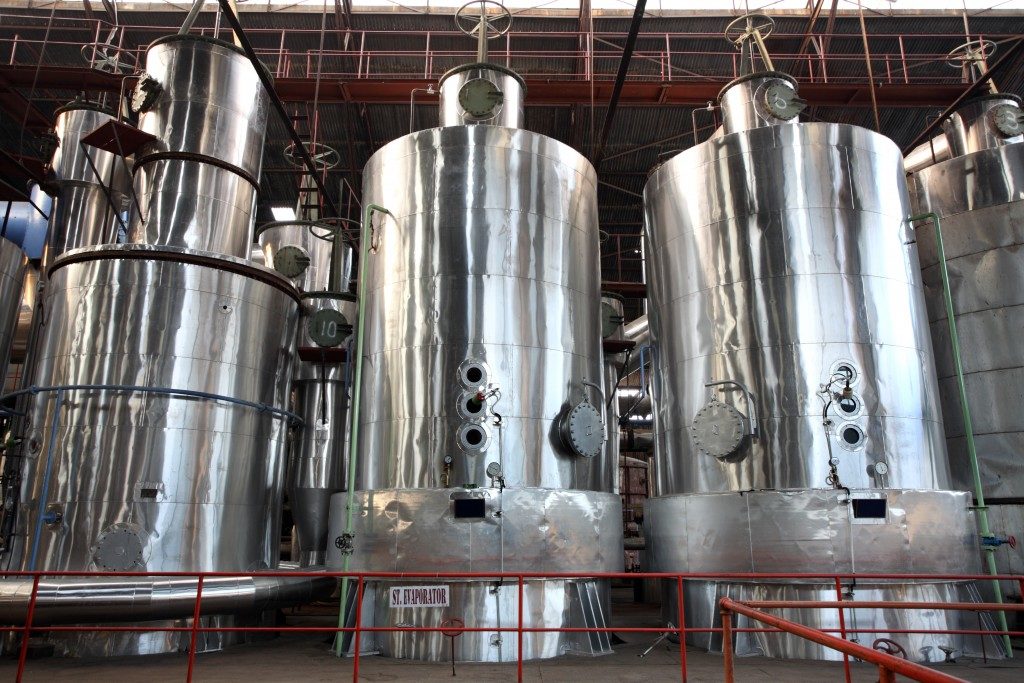Buffer tanks make renewable projects more efficient. They can reduce carbon footprints whether you are using a heat pump or solar hot water. In both commercial and domestic environments, these tanks enhance the climatic conditions. A buffer is a mechanism that resists climatic fluctuations. Buffer tanks come in varying sizes. They are filled with water which is heated by renewable energy. This water is maintained at a particular temperature level so that people can get instant hot water. By reducing the boiler cycling, it saves energy during low load conditions.
You probably have a lot of questions about this equipment. Remember that pump suppliers in Australia provide both chilled and hot water buffer tanks. In this guide, we focus on the latter. What’s the ideal capacity of hot water buffer tank? The ideal capacity is a matter of the level of system performance. Again, this depends on:
- Size of property
- Whether it’s commercial or domestic
- Usage patterns
In a nutshell, a buffer tank should be able to hold sufficient water for a whole day’s operation. What are the standard features? A hot water buffer tank is considered up to standard if it meets the following criteria:
- Made of 304 stainless steel or duplex steel
- Pressure rating and maximum temperature conforms to ASME standards
- 80°C design temperature
- Top air ventilation connection
- Extra insulation
- Raised feet for ease of installation
- Quality exterior paint
 How does a buffer tank minimise short cycling? Most heating systems have a boiler that heats the entire building. Often, different heat zones require heating at different times. If a smaller zone requires hot water, the boiler reaches the maximum limit quicker than necessary. This results in short cycling- a major concern in commercial systems. Suppose a small heat zone requires heating. It will prompt the circulator to push the boiler water int the zone. The excess water circulates through the buffer, preventing the boiler from going through a short cycle. If multiple zones must heat simultaneously, the heating demand exceeds the boiler output. The extra demand will be combated by the water being added to the tank.
How does a buffer tank minimise short cycling? Most heating systems have a boiler that heats the entire building. Often, different heat zones require heating at different times. If a smaller zone requires hot water, the boiler reaches the maximum limit quicker than necessary. This results in short cycling- a major concern in commercial systems. Suppose a small heat zone requires heating. It will prompt the circulator to push the boiler water int the zone. The excess water circulates through the buffer, preventing the boiler from going through a short cycle. If multiple zones must heat simultaneously, the heating demand exceeds the boiler output. The extra demand will be combated by the water being added to the tank.
Note that in normal circumstances, the heating demand equals the boiler output. In that case, water flows through the buffer tank to meet the heating demand.
Short cycling is synonymous with low heating efficiency. It results in an increase in energy bills. Moreover, the boiler and the heating system become overused and start deteriorating. Having a hot water buffer tank is a great solution to these issues. It helps to extend the longevity of the water storage system and minimises maintenance requirements. Do you need a buffer tank? Whether you have a commercial or domestic system, you might need a hot water buffer tank depending on:
- The size of the boiler/heat pump
- The specifications of your heating system
- Type of emitter
The majority of heat pumps have specialised controllers. They facilitate normal operations without the need for buffer tanks. But it is advisable to have a buffer if your system allows. Hot water buffer tanks have low-cost installation. If you need the flexibility to heat water at different times during the day, consult one of the best pump installers in Australia or New Zealand.


